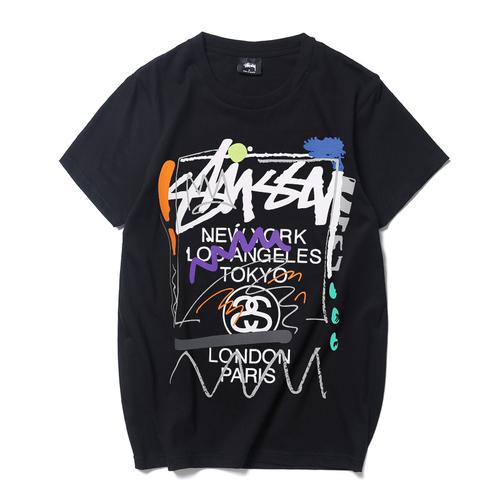It is very important to choose appropriate clothing fabrics. Fabric identification can be carried out according to the following methods:
1. Touch feeling: first touch the feel of the fabric, Look at its texture and softness. The texture of fabrics of different materials will also be different. For example, cotton fabrics will be softer, while silk will be smoother.
2. Observe the texture of the fabric: Observe the texture and details of the fabric. Some fabrics have special textures or patterns, such as plaids, stripes, flowers, etc. Some high-quality fabrics will have a clearer texture, while inferior fabrics may have breaks or irregular textures.
3. Singeing test: Take a small piece of fabric, use a lighter or candle to gently burn it, and observe its burning condition. Pure natural fibers (such as cotton, linen, and silk) will spontaneously ignite when burned, with a burnt smell and obvious ash residue; synthetic fibers (such as polyester, nylon) will melt or drip, and emit chemical smells.
4. Tensile test: Gently stretch the fabric and observe its rebound. Natural fibers are generally more resilient, while synthetic fibers are stiffer.
5. Check the label: When purchasing clothing, please check the label carefully to understand the material composition of the clothing you purchase. Common fabric labels include wool, cotton, polyester, etc. You can choose the appropriate fabric according to your needs.
The identification of fabrics requires comprehensive consideration of the above factors and an understanding of the characteristics and applicable environment of the fabrics. In addition, if you need a deeper understanding of fabric identification, you can consult a professional clothing designer or fabric merchant.








